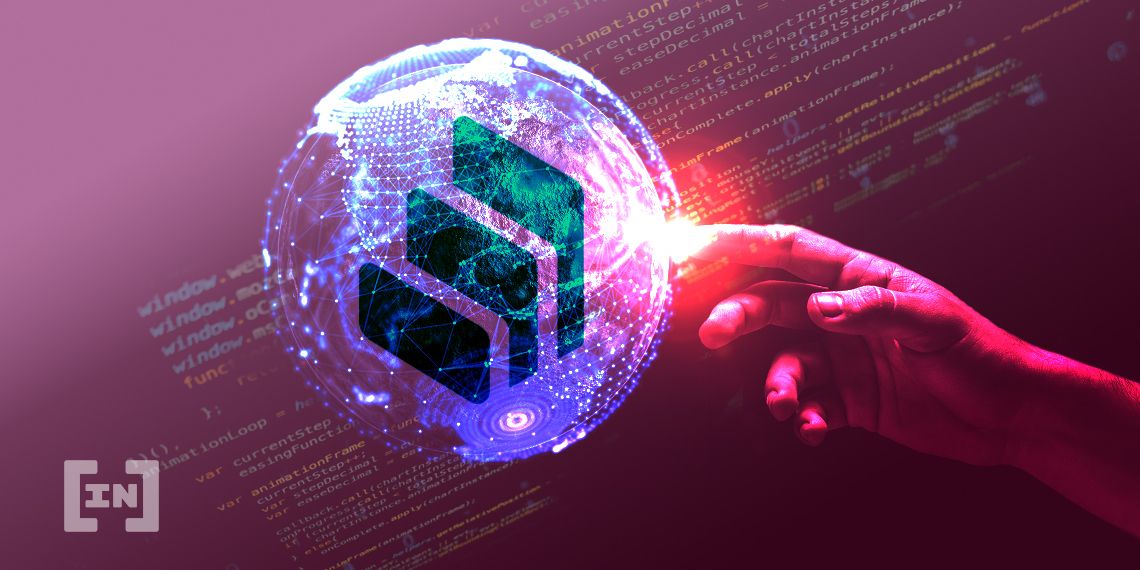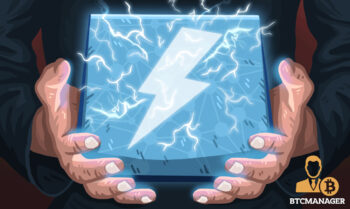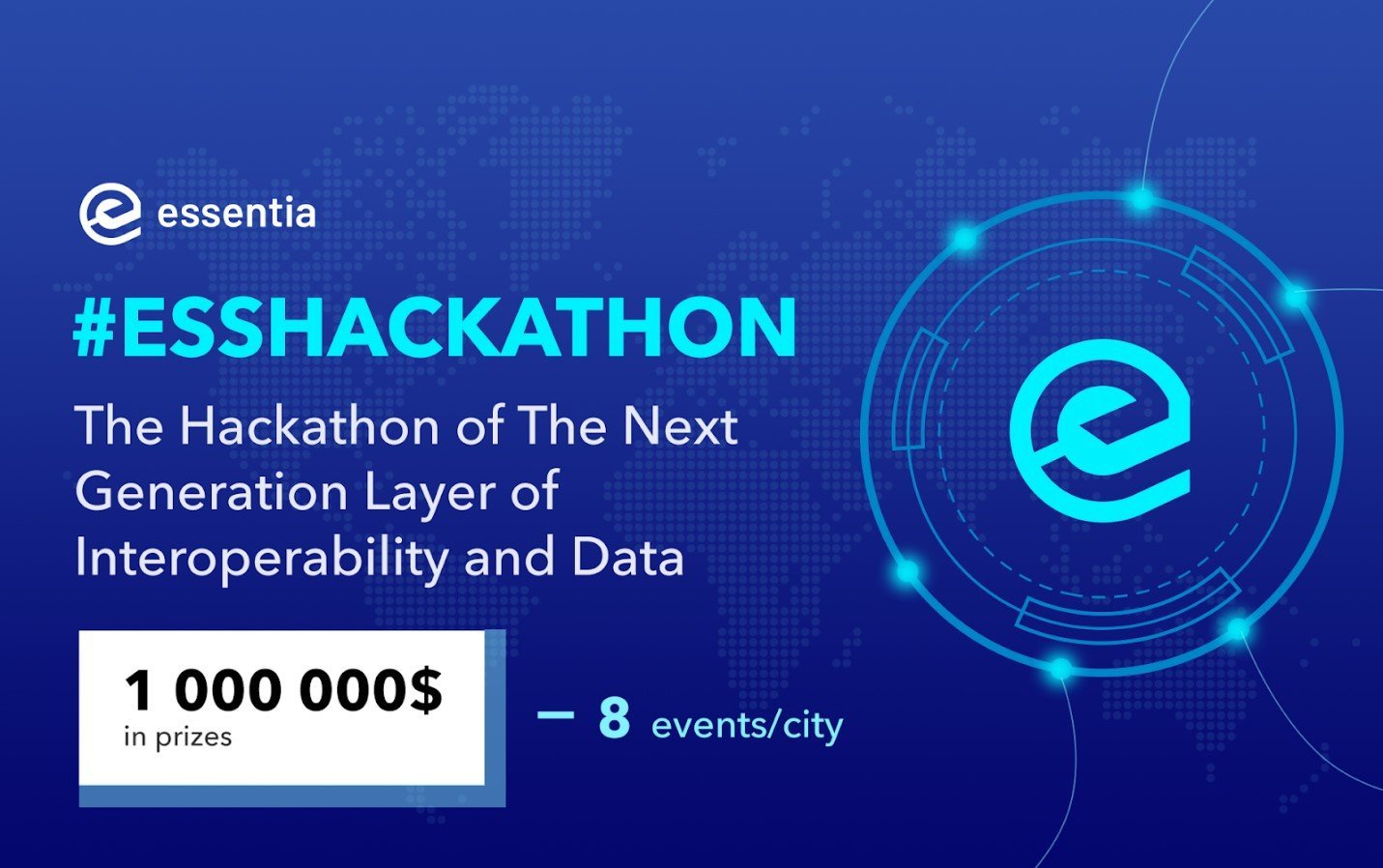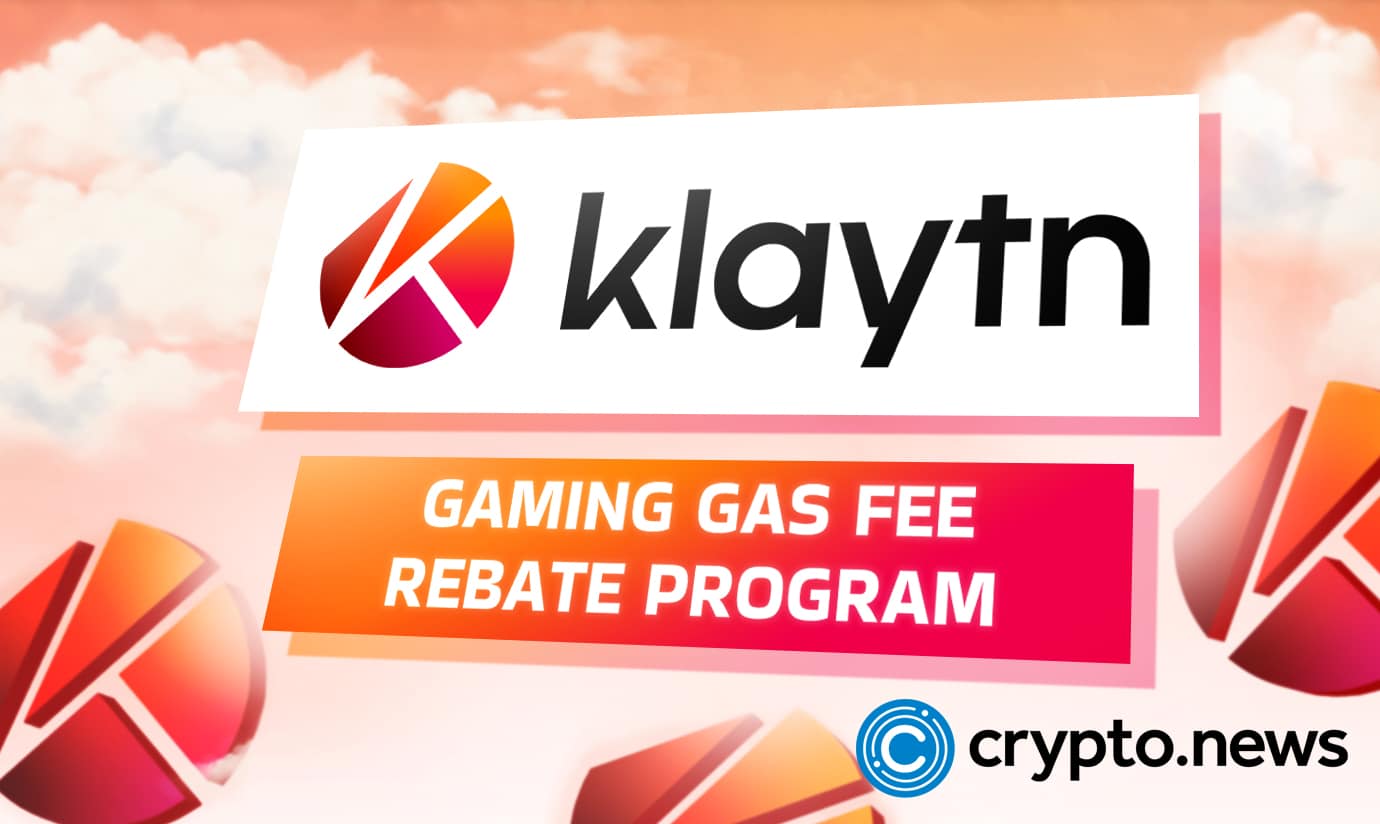2021-1-31 17:13 |
After successfully launching its mainnet on Ethereum blockchain, The Graph protocol for indexing and querying data is now exploring providing support for additional Layer 1 blockchains.
Blockchain interoperability is a pain point for developers. Amidst the growing DeFi and NFT spaces, applications need to interact with many protocols and chains, reads the official announcement while noting over 7,000 subgraphs are deployed to date. The team said,
“Additional Layer 1 integrations will dramatically increase the number of subgraphs and the ability for dApps to work in a multi-blockchain environment to give users optionality and the best Web3 experience.”
The blockchains under consideration include Bitcoin, Polkadot, NEAR, Cosmos, Solana, Avalanche, Binance Smart Chain, and Celo to support Web3 development and make it easy for developers to access on-chain data and build decentralized applications.
Already many Ethereum projects have built subgraphs to retrieve data, including Uniswap, Aave, Synthetix, ENS, and DAostack. Eva Beylin, Director at The Graph Foundation, said,
“After launching mainnet, we are looking to accelerate the upward trajectory of the Web3 ecosystem. That means ensuring that no matter which Layer 1 blockchain you are building on, you can build a subgraph and easily access data from across chains. We think this is a key part of unlocking that next wave of innovation on the decentralized internet.”
The community is currently conducting due diligence on Layer 1’s infrastructure, and they are expected to be onboarded in the coming months.
However, Ethereum will remain the standard, and GRT an ERC20 token, said the team.
The Graph Network’s native $889 million market cap GRT token is currently trading at $0.713 and enjoying an uptrend. It is also up over 101% YTD.
The post The Graph Now Exploring Support for Bitcoin, Polkadot, Solana, BSC & Other Layer 1 Blockchains first appeared on BitcoinExchangeGuide. origin »UniGraph (GRAPH) на Currencies.ru
|
|











